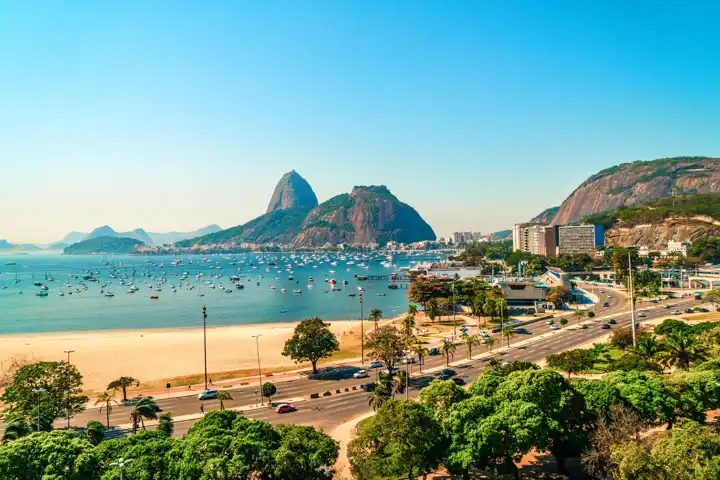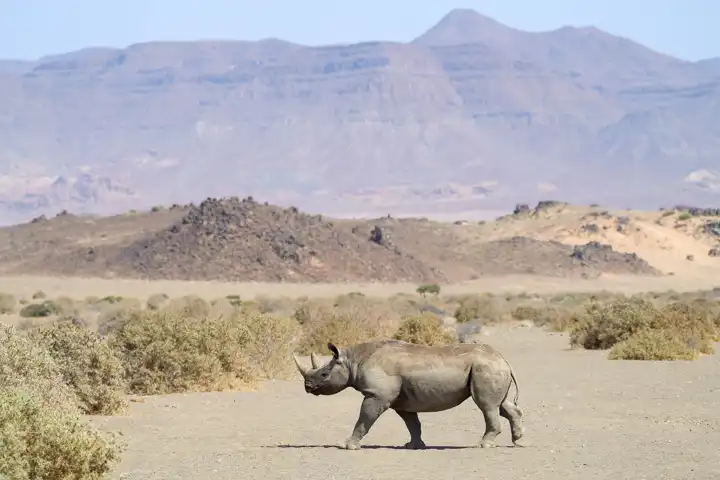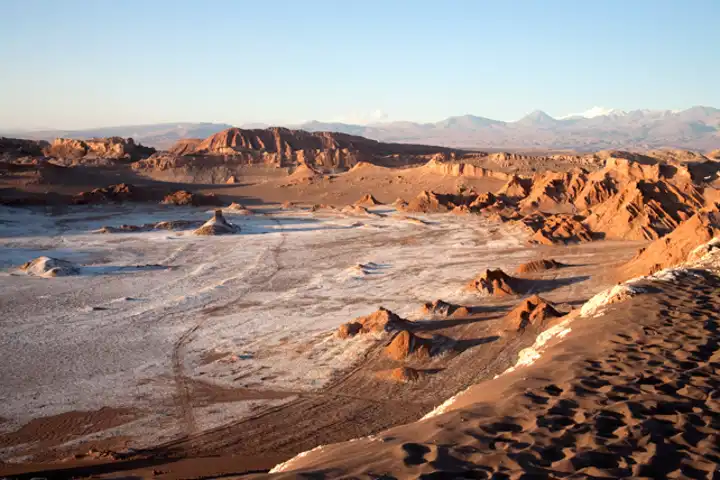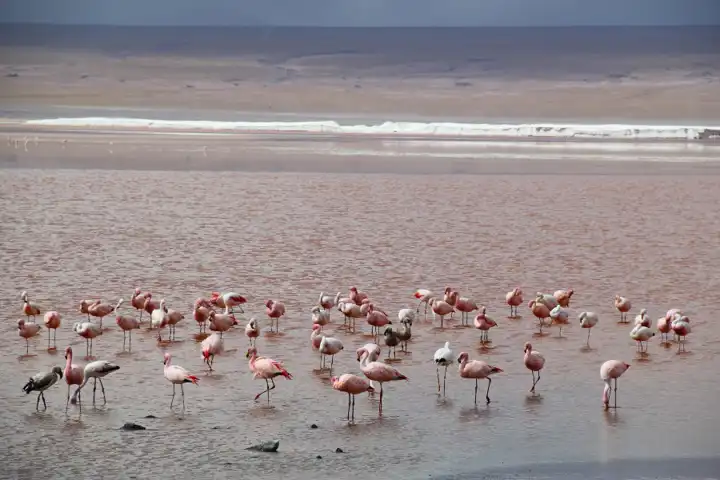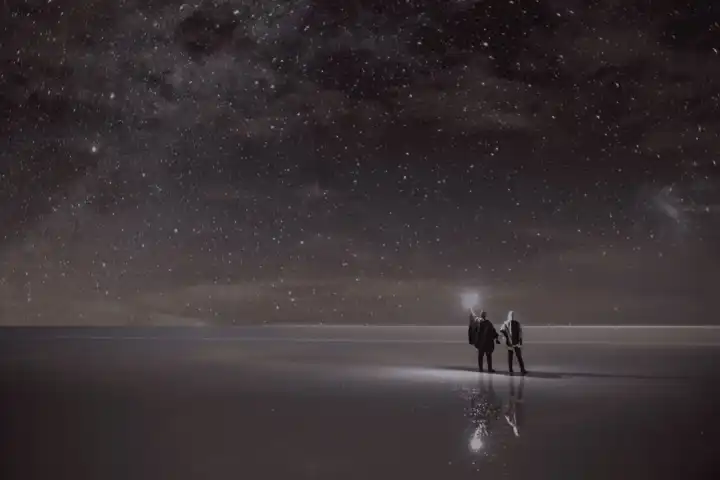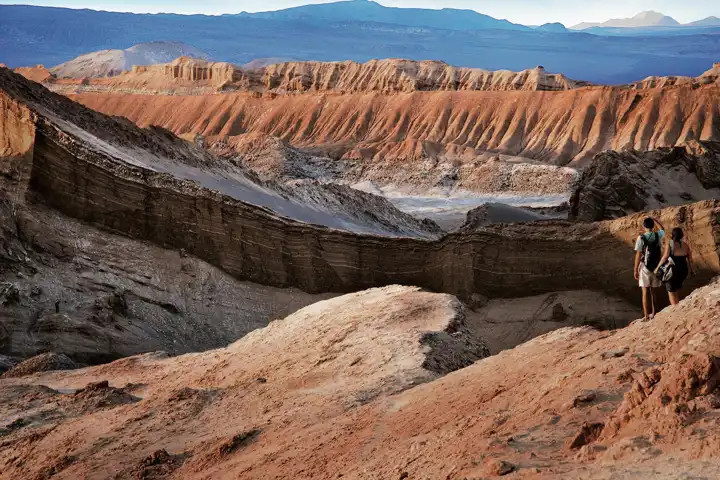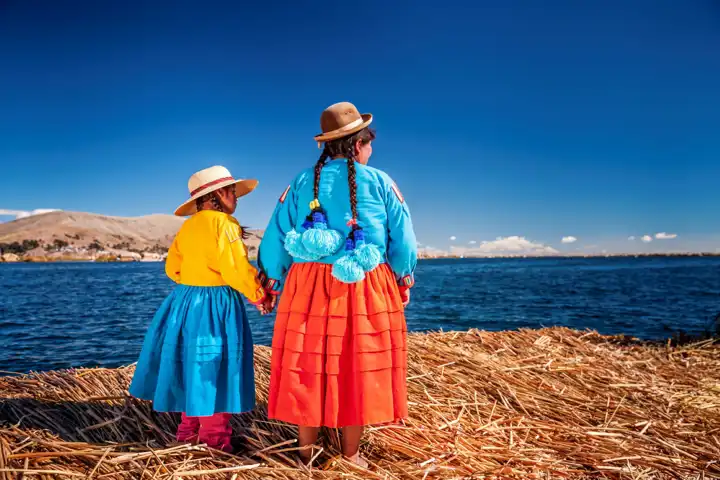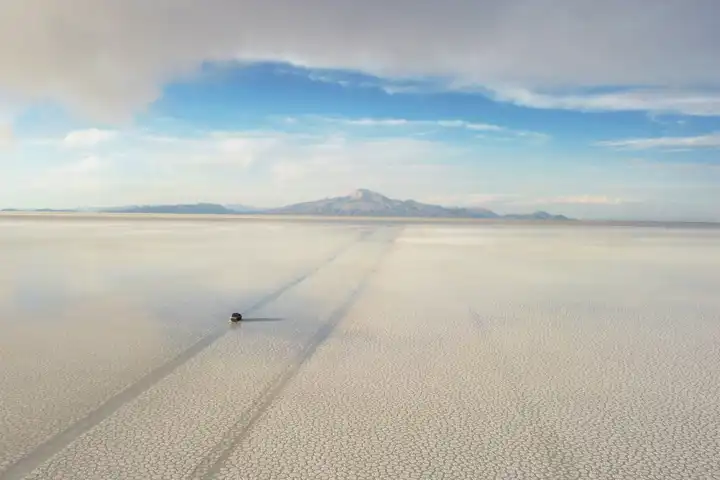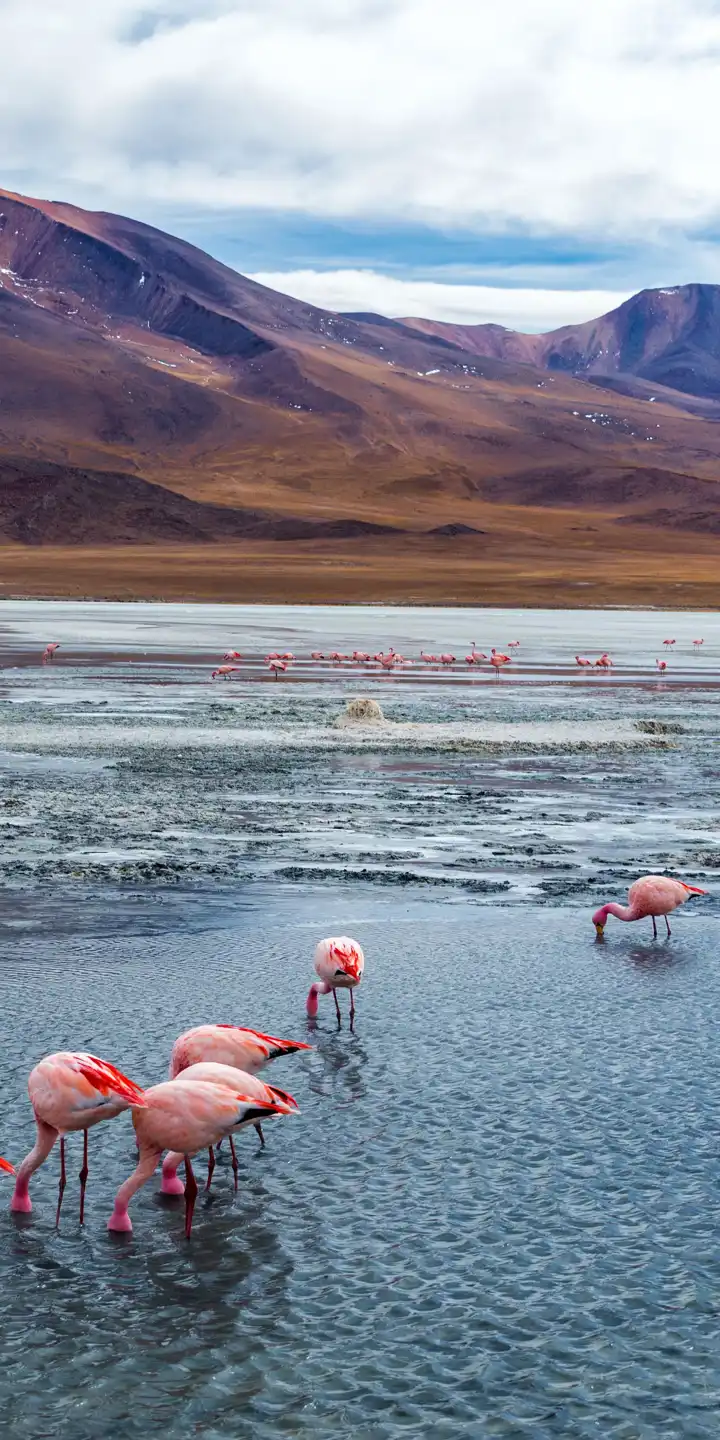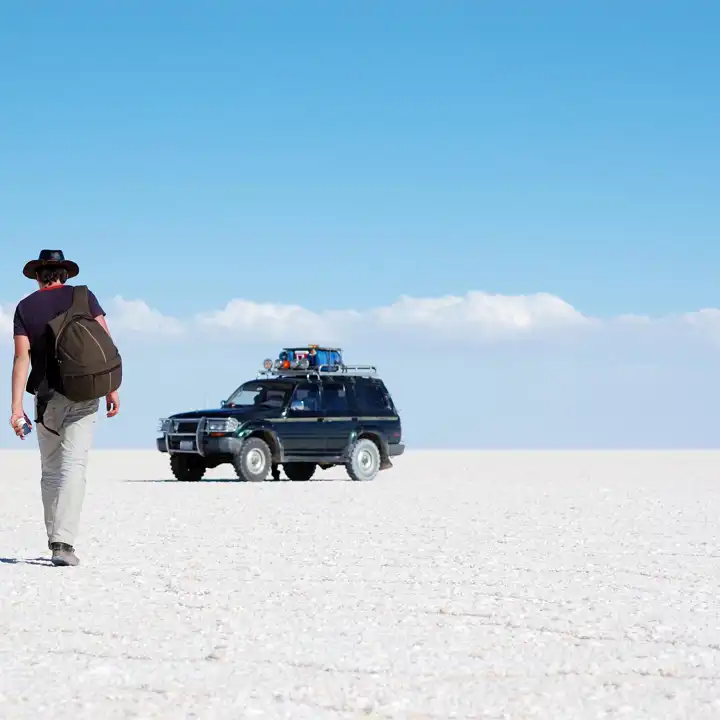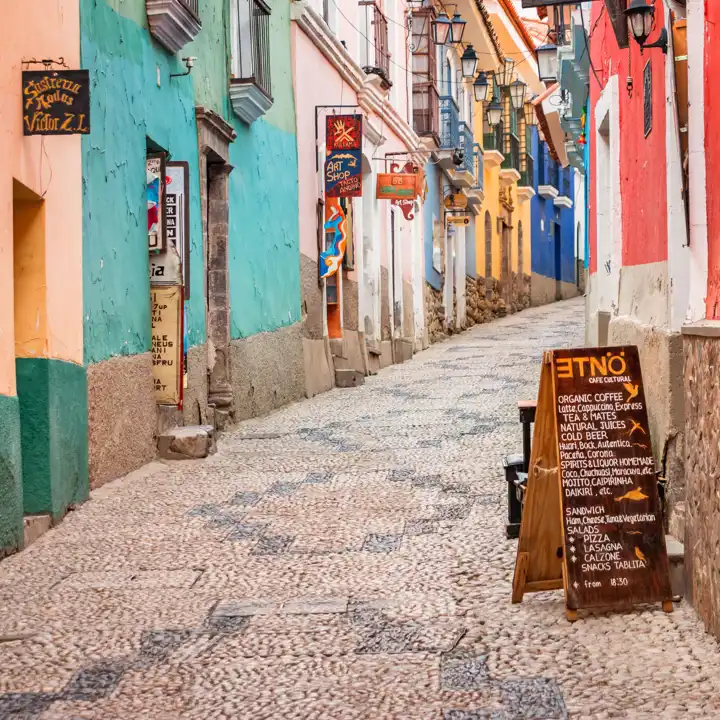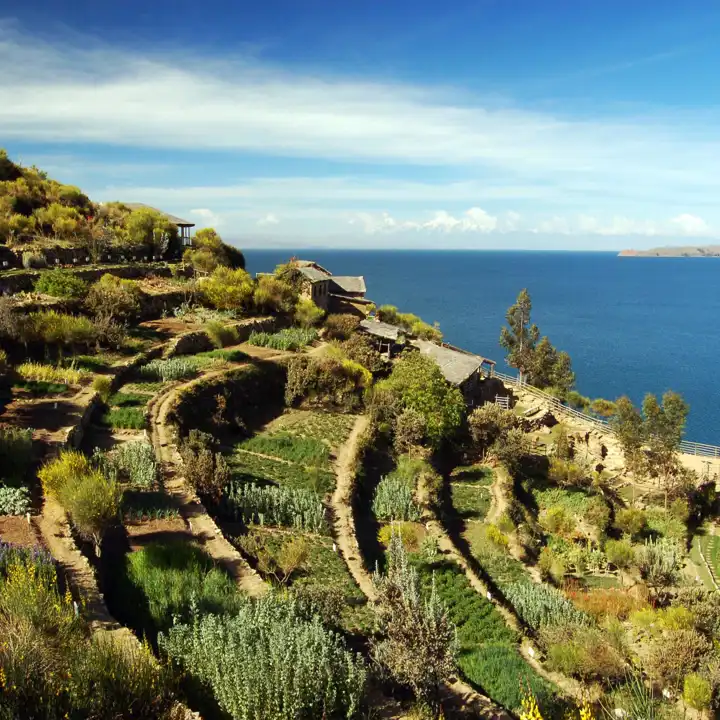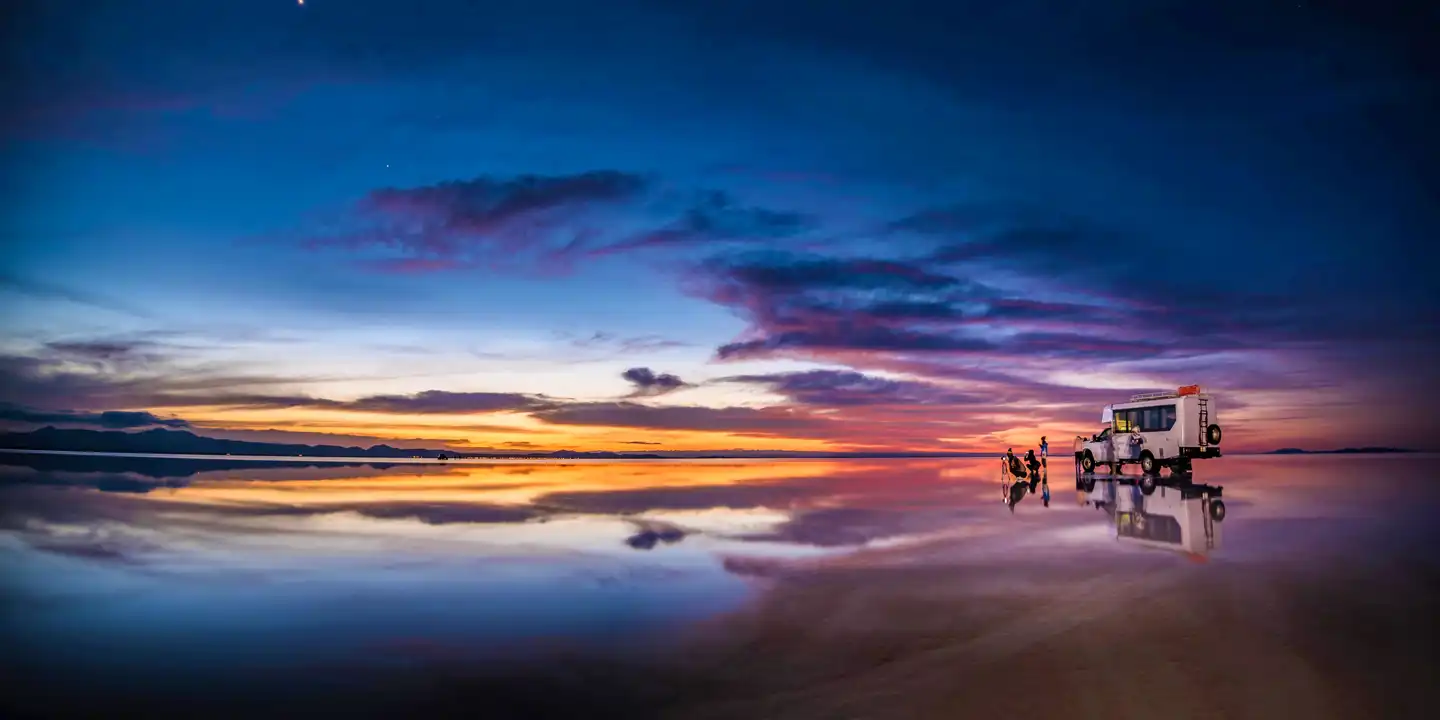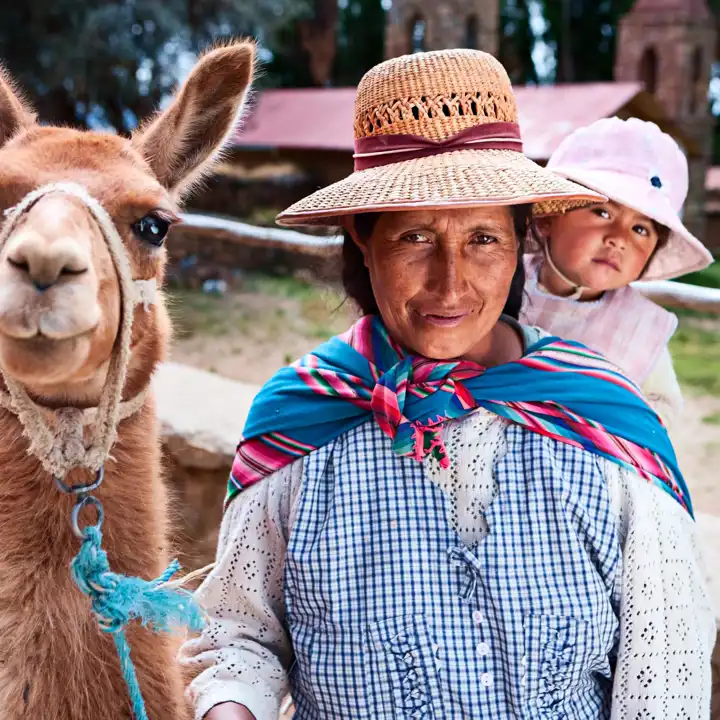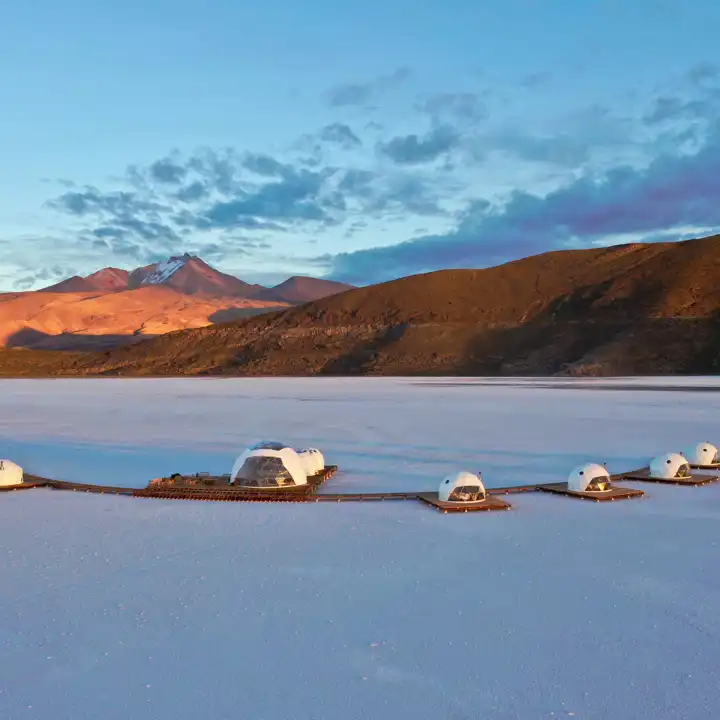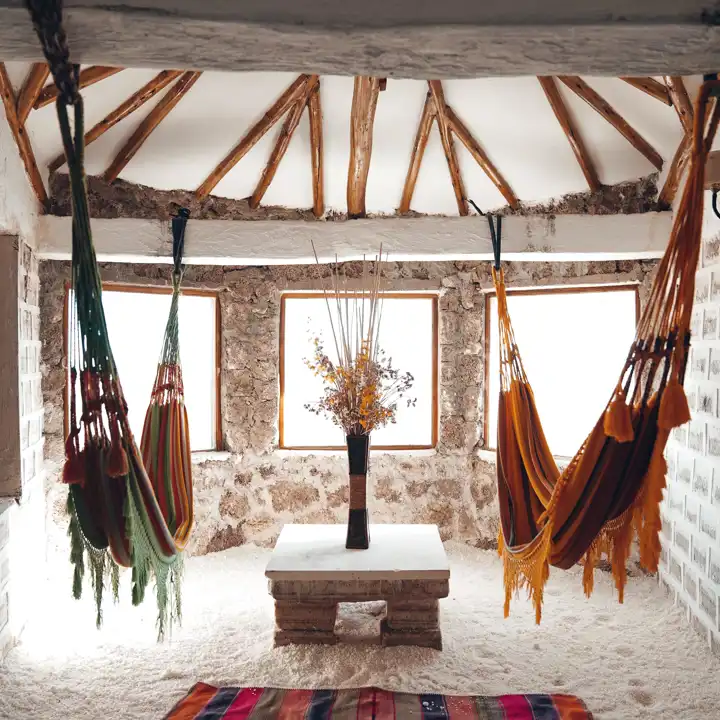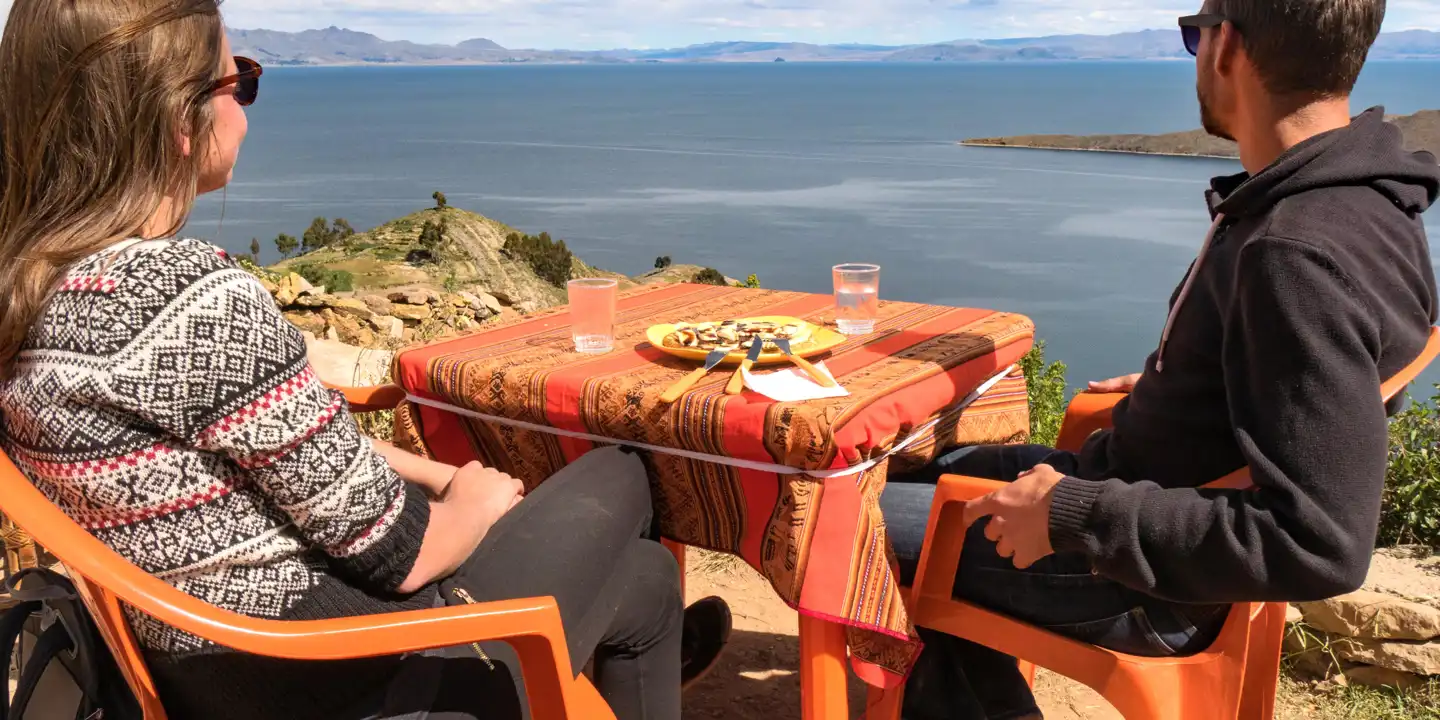Bolivia
Climb Andean Peaks, Trek Through Thick Jungles, and Explore High Altitude Deserts
Bolivia
Bolivia luxury travel with Ker & Downey reveals range of unique landscapes that sometimes feels like a journey through different planets. Some places feel so remote that it may seem you are the last human on earth. Meanwhile, the cities buzz with activity.
Landlocked between Peru, Paraguay, Brazil, Chile, and Argentina, Bolivia luxury travel is not often on the international travel radar… but it should be. Indeed, Bolivia is wild, rugged, and raw. Its natural landscape is beautiful, and its people are fascinating.
Indigenous Cultures
This country has a rich indigenous cultural heritage of the Aymara and Quechua people. Their colorful garb, spoken languages, and ancient traditions have persisted since before Spanish rule. Explore the history of silver in Potosi, a UNESCO World Heritage Site. Then admire the beautifully preserved colonial architecture in Sucre.
City Sights
High up in the clouds you’ll find the city of La Paz. Founded in 1548 by the Spanish Emperor in Peru, La Paz sits more than two miles above sea level. It is therefore the world’s highest capital city. The city is built in a bowl, surrounded by snow-covered mountains. La Paz sprawls over the hills, and homes sit gingerly on the edges in some impossible feat of gravity. Old meets new in many ways in La Paz. Cobblestones lead to shiny new boutique hotels. Furthermore, the San Francisco Cathedral and the Metropolitan Cathedral are relics from the colonial past that continue to welcome the faithful. Wander through the many museums to learn about the history of the region.
Bolivia’s Great Outdoors
Adventure seekers will find a plethora of experiences at their fingertips in Bolivia. Climb Andean peaks and trek through thick jungles of the Amazon basin as toucans and parrots flutter through the foliage and butterflies dance through the air. Pink dolphins jump through rivers flowing in the country’s north east. The unique topography also extends into other parts of the country. Some places in Bolivia feel other-wordly. Explore the high altitude deserts or feel spellbound at the Salar de Uyuni salt pan. This landscape resembles a frozen lake with an island of rocks and prickly cacti sitting in a stark contrast against the piercing white expanse.
Experience Bolivia Luxury Travel with Ker & Downey
Contact Ker & Downey today to create your own custom journey to South America. While Bolivia pairs well with its neighbors Chile, Peru, and Argentina, it also makes a wonderful standalone adventure destination.


